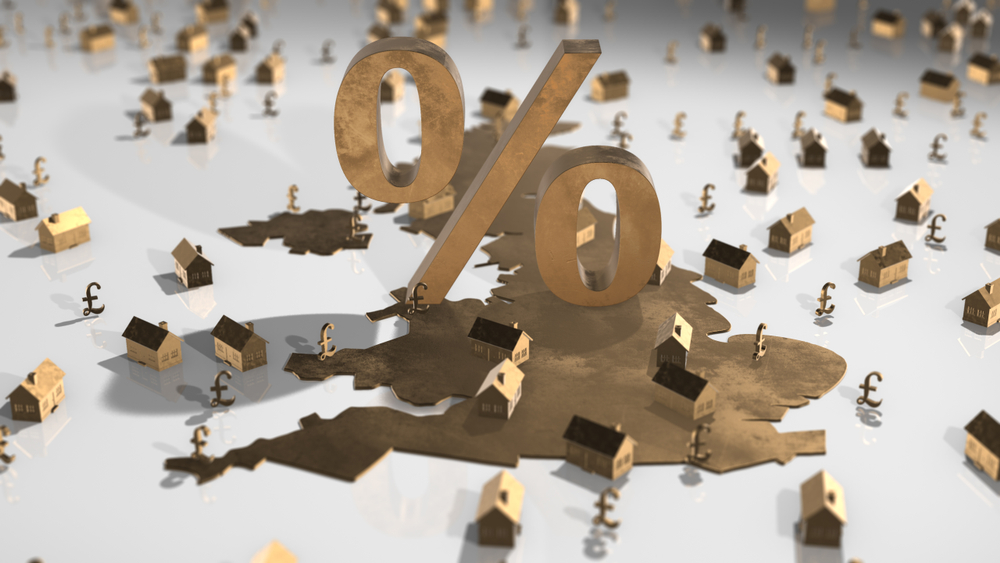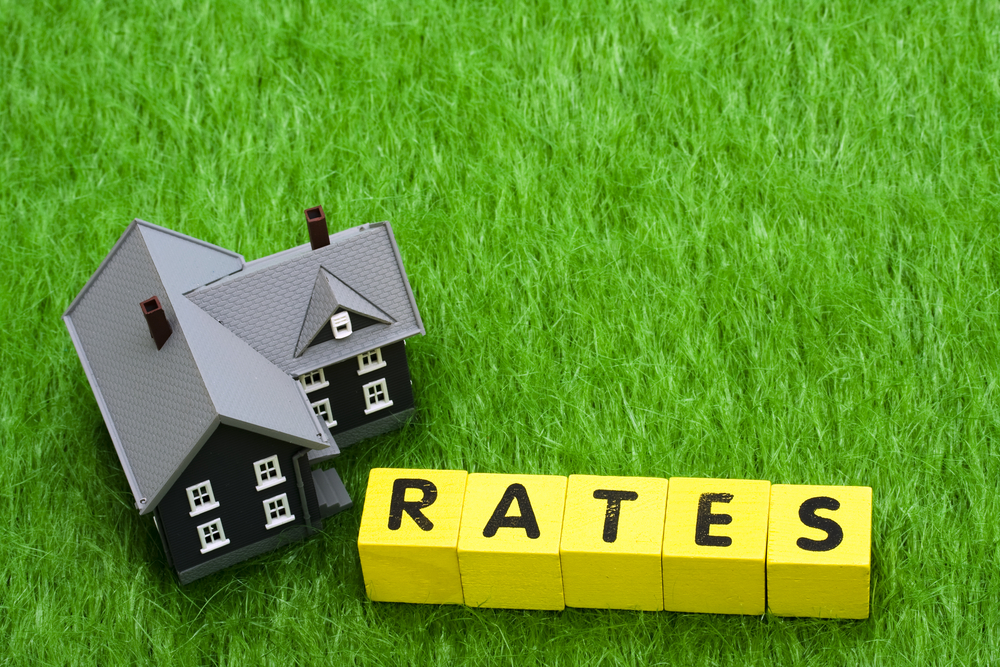
Cornerstone Tax has become the latest firm to back Rightmove’s campaign to retain the nil-rate stamp duty threshold for first-time buyers (FTBs).
Last week, Rightmove called on the government to maintain the FTBs stamp duty threshold, warning that the number of homes qualifying for relief will plummet from 58% to 37% when it drops in April.
That means that 63% of homes would be caught by the tax if bought by a first-time buyer, based on average asking prices.
A FTB in England currently pays no stamp duty when buying a property for up to £425,000 but this threshold is due to drop back to £300,000 in April.
Cornerstone Tax’s research found that 44% say that they cannot live in their desired location because of increased house prices in the community, supporting FTBs should be a must for the new government.
Stamp duty generates around £13bn annually but a temporary cut in 2022 caused receipts to surge to £17.5bn.
Cornerstone Tax group chairman David Hannah suggests that keeping the existing stamp duty thresholds would further stimulate the property market and the national economy.
Currently, homes valued at £250,000 or less are exempt, while those valued between £250,000 and £925,000 face a 5% levy.
Hannah says: “Stamp duty payment bands have been long overdue for an overhaul as they have never been index-linked to house price inflation.”
“An increase in these thresholds would stimulate activity at the lower end of the property market and allow FTBs to reduce the amount they need to borrow, thus improving their affordability calculations. Furthermore, creating an exemption for pensioners would allow more Brits to downsize, freeing up homes for those wishing to get onto the property market.”
“As we all know, a rising tide lifts all boats, those looking to purchase properties on the mid-to-high end of the property market will now have a chance to sell their low-end properties as a result of the increase in demand from prospective buyers, contributing to further momentum within the housing market.”



